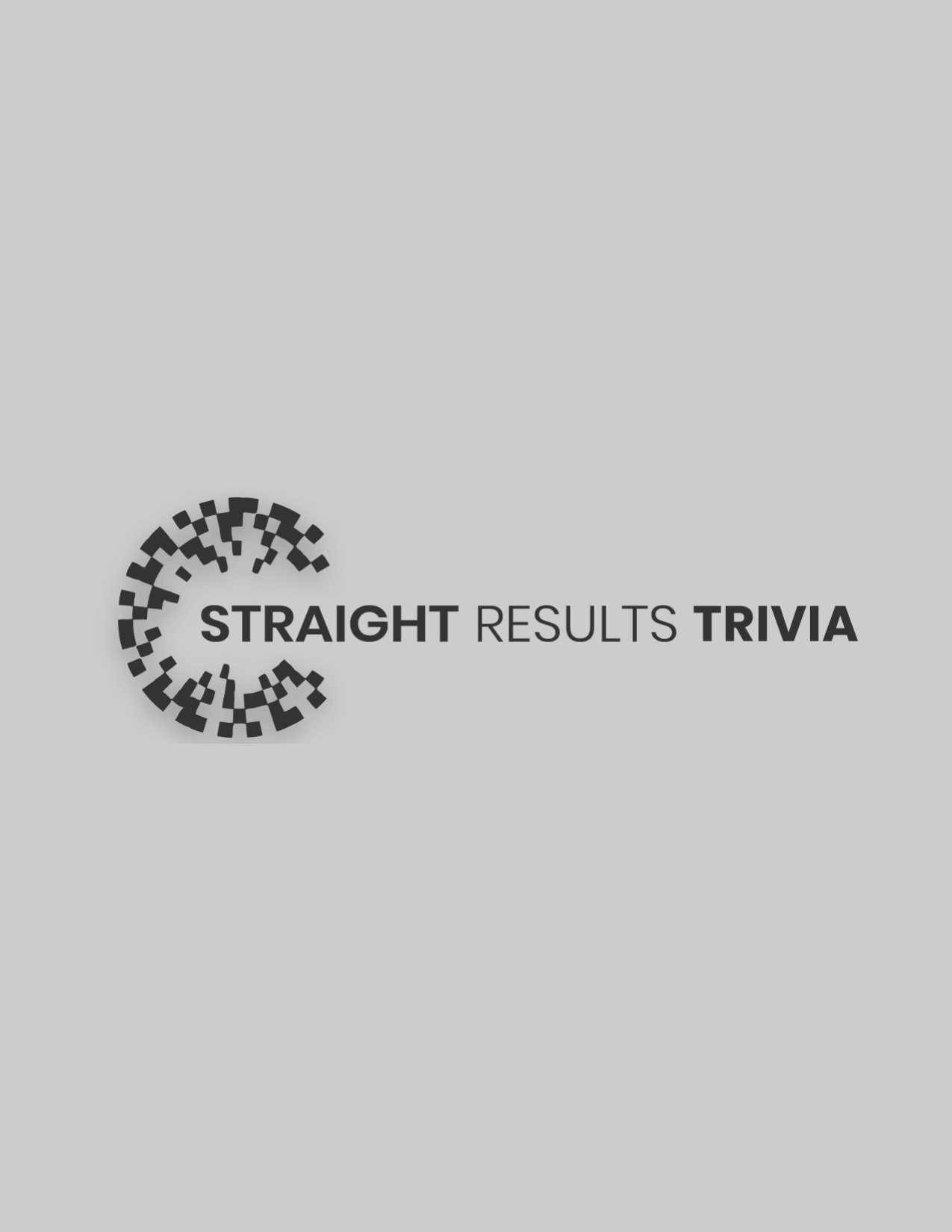Today, Virtual Reality provides a plethora of benefits to business, industrial, and health sectors. Managers are using VR technology to train their employees, conduct usability testing, and even engage customers. Marketing teams can utilize VR technology for a wide range of tasks. Furthermore, they can engage each customer personally, gaining a competitive edge.
Virtual Reality is a powerful tool and offers higher engagement when used for marketing purposes. Here are some ways in which marketing teams can integrate VR technology:
1. A Wave of New Trend
Virtual Reality is the latest trend to engage and attract customers. VR technology has been gaining a fair bit of popularity, especially after the launch of the Meta Verse. Therefore, this is the best time to integrate VR technology with your marketing campaigns. Companies can distribute their content and promote the brand by sharing content on their potential customers’ VR headsets. VR technology for the marketing campaign will boost your brand’s credibility and increase engagement.
2. Grab Customer’s Attention
When people wear VR headsets, others will often stop and watch. This will generate numerous questions in their mind, and they will want to use it. So, if a marketing team use VR headsets in malls and public area for brand promotion, they can easily attract people. For instance, you can show videos and photos to your potential customers when they visit your physical store. When potential customers will watch your message in 360 degrees, they won’t forget this experience.
3. Offer Personalized Experience
Businesses can customize VR technology depending on their industry. For instance, real estate business owners can present a house for sale through VR. That way, customers do not have to visit the house physically, yet still have a complete idea about how the house looks. A personalized virtual tour will immediately grab your potential buyer’s attention. Furthermore, automobile companies can also demonstrate their new car model through this technology. VR technology will give you a competitive edge as customers visit you for a personalized experience.
4. Create a Shared Experience
A shared VR experience is the opposite of a personalized experience. Many people can simultaneously experience VR technology. The VR device syncs with VR Owl that works as a controlling device. That way, people can enjoy virtual cinema or even watch concerts. Businesses can also stream live videos on multiple store outlets for a product launch and provide a communal experience.
5. Train and Educate Marketing Teams
Various companies are using Virtual Reality to educate their employees about enhancing customer experience. With this tool, employees can learn new skills and practice customer interaction. Furthermore, businesses can conduct live seminars to share new ideas with the teams.
Conclusion
Hopefully, now you understand how effective and scalable VR technology is. It provides a personalized and shared experience and boosts marketing campaign outcomes. Numerous companies are offering VR technology with customized features. So, it would be ideal to integrate this technology with your marketing campaign and attract more customers. Furthermore, after watching your marketing campaign through this technology, customers will share their experiences with others.















